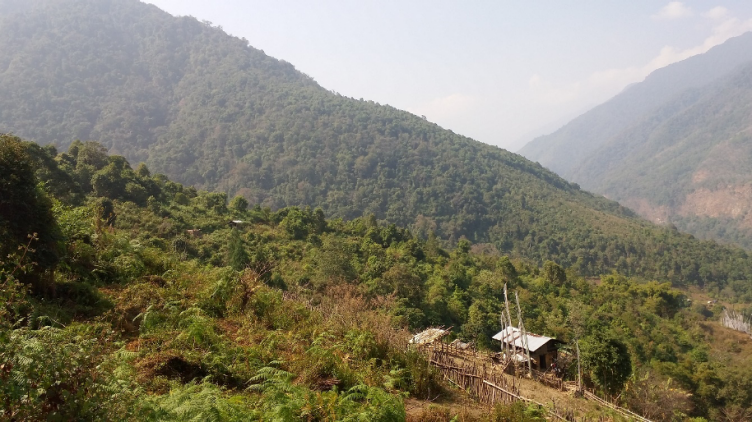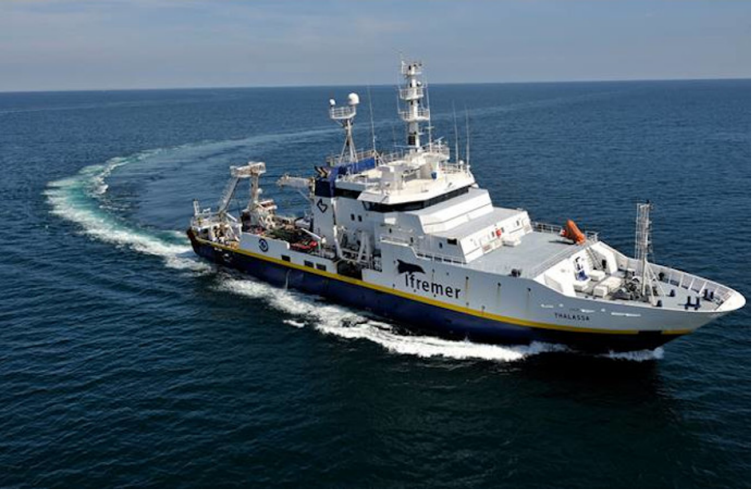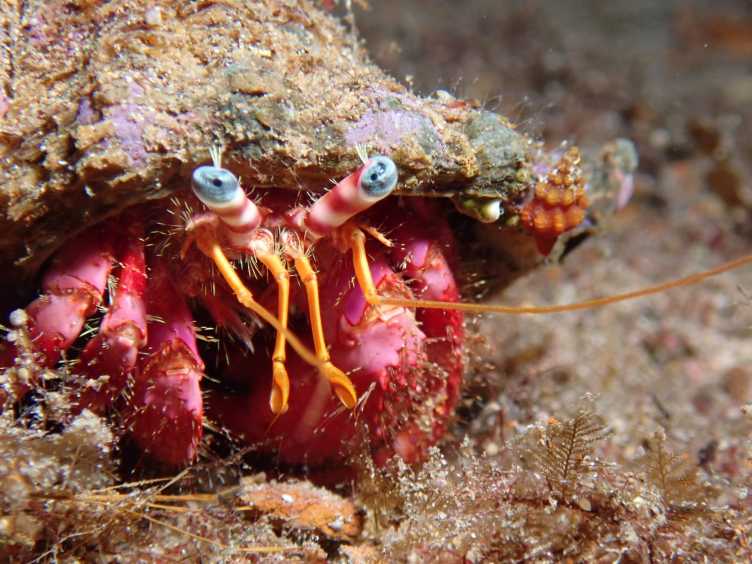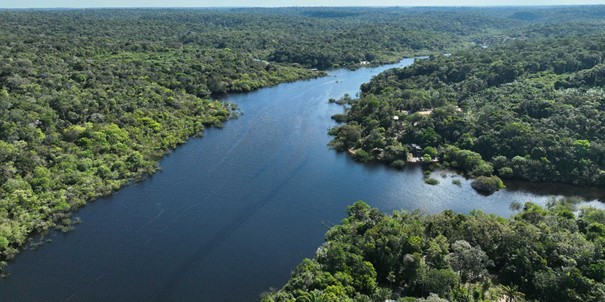Biodiversity monitoring and conservation

Shift eDNA - Assessing species distribution changes using eDNA
Marine ecosystems are suffering from global warming and shifts in the distribution of certain fish species toward higher latitudes have already been observed. The “Shift eDNA” project aims to implement a long-term monitoring in different types of ecosystems worldwide (polar, temperate, tropical) to assess species range shift, based on a novel combination of eDNA metabarcoding and deep neural networks.

Environmental DNA analyses to support wildlife species conservation in Bhutan
In this project, we will use CRISPR-Cas analyses to detect eDNA of emblematic mammalian species from the water samples to boost detection, and identify the moments and the place when the livestock is most at risk from attacks as well as the crop-raiding. Hence the project will serve to open new opportunities in the planning of socially, culturally, or technically innovative projects fostering strategies for the conservation of wildlife species, its detection, and management and planning for mitigating Human-wildlife conflict.

Management and conservation of urban wildlife
Cities are rapidly expanding both in extent and human population. However, not only humans occupy urban habitats. We share urban spaces with a wide array of wildlife, and the wildlife diversity in urban spaces often outperforms that of surrounding areas. Mammals are of particular interest to study due to their high diversity of ecological traits and habitat requirements, as well as their potential for zoonotic diseases. For urban conservation measures, it is crucial to know which species exist in cities and how species composition changes over time. However, many mammals are elusive, nocturnal, and difficult to identify to the species level even upon close examination. Management and conservation of urban wildlife relies on the development of effective and cost-efficient monitoring methods.

In this project we want to characterize and assess the effects of climate and fishing on the functional diversity of exploited communities during the last three decades in the Northeast Atlantic and Mediterranean Sea, to forecast how exploited communities will respond to the upcoming warming until the end of this century, and to investigate, for several climate change scenarios, alternative harvesting strategies targeting different species and trait groups in order to minimize the impacts of fishing on functional diversity.

Launched in 2022, the ACTNOW project uses eDNA metabarcoding technology to monitor marine biodiversity in the Mediterranean's rocky subtidal habitats, a critical initiative driven by ETH Zürich and the University of Montpellier. This forward-thinking project aims to support regulatory frameworks by providing precise biodiversity assessments and tracking invasive species, thereby guiding the future establishment of Marine Protected Areas in alignment with the EU's 2030 Biodiversity Strategy.

Amazonian Biodiversity, Technology Assessment and Knowledge Exchange with Quilombos
This project collaborates with Quilombola communities to analyze biodiversity data gaps in Amazonian conservation areas. Utilizing their traditional knowledge, we identify key animal and plant species crucial to their lifestyle and evaluate their role in ecosystem preservation amid socio-ecological challenges

WildinSync: Syncing with Nature
WildinSync aims to globally track biodiversity change using environmental DNA monitoring and satellite-based remote sensing of habitats, a technology developed at ETH Zurich. We plan to support a network of partners by making all know-how and tools openly accessible, thereby eliminating barriers and ensuring participation and benefit-sharing across countries. Local deployment of laboratories will go hand in hand with the development of networks of sites that will be monitored annually over the next decade and beyond.

Improving conservation decision-making in Bhutan with environmental DNA
Bhutan is launching a first-ever nationwide eDNA survey to monitor biodiversity across the country in 2026. This innovative project seeks to transform biodiversity monitoring in Bhutan through the implementation of eDNA technology. By covering the entire country and its diverse ecosystems, the initiative will not only benefit Bhutan's wildlife but also empower local scientists, researchers, and students with state-of-the-art conservation tools.

Using iDNA to Understand and Prevent Rift Valley Fever in Rwanda
We’re pioneering a non-invasive, One Health–inspired surveillance method using invertebrate-derived DNA (iDNA) from blood-fed mosquitoes to link biodiversity with disease risk. By sampling mosquitoes in Akagera National Park and surrounding farms, we aim to uncover which animal hosts contribute to Rift Valley Fever persistence. This approach offers early-warning potential and supports ecosystem-informed disease surveillance in tropical landscapes, in close collaboration with Rwandan partner institutions.

Early Warning System for Vector-Borne Diseases in Colombia
To tackle diseases like malaria, dengue, Zika, and yellow fever more proactively, we're developing a cutting-edge early warning system in Tolima, Colombia. Combining mosquito iDNA data with climate, land-use, and vulnerability metrics in spatial models, this project identifies spillover hotspots before human cases emerge. Co-developed with Colombia’s surveillance system and aligned with WHO frameworks, the platform includes open-access tools, training materials, and policy guidance—creating a scalable blueprint for global vector-borne disease monitoring.

Monitoring presence and distribution of vectors and pathogens with eDNA
Zoonotic and vector borne diseases are a reality in tropical countries where they prevail; especially in Tanzania. Despite this and their cost in animal and human lives, the geographical distribution and hotspot areas of many pathogens and vectors is not well understood. The situation is exacerbated by land use and climate changes due to ever increasing human population, which can increase pathogen and vector abundance and expand their occurrence to areas they have been absent. Understanding how this spatial distribution behaves in the changing climate and land use is imperative for effective control of vector borne diseases. Currently, Tanzania relies on conventional monitoring methods to monitor human pathogens and their vectors, which are limited by low sensitivity, time intensity, and reliance on symptomatic cases, thus delaying outbreak detection. We address these gaps by studying pathogen and vector geographical distribution in the face of changing climate and land use data from environmental DNA. We aim to introduce environmental DNA (eDNA) as a sensitive, rapid, and scalable approach for simultaneous detection of multiple pathogens and vectors under a One Health framework. The outcome will contribute to improving surveillance, and control of vector borne diseases in Northern Tanzania.